Over again Google has attempted to introduce many products as social networks in competition with other tech companies like Google Plus in 2011 which was created to compete with Facebook and Twitter- this was shut down in 2018 due to a series of negative reviews and data breaches. Same as with YouTube which has been presented as a social network many times but most people still don’t consider the platform anything other than a video sharing platform.
In spite of the fact, it has an overwhelming number of views for brand-related content from user-generated content. More than 84 percent tune-in at least once a month to get a daily dose of news from their favorite channels and then log out. Now, Google is tethering towards pushing YouTube, the thriving video-sharing community to house a new feature known as “shorts” to rival TikTok. However, this isn’t the first time that YouTube has developed its own version of a popular feature on another social platform: it brought over its version of Instagram Stories to the platform. There have been many social media platform adoptions from MySpace in 2005, to Facebook in 2008, then Instagram, and a brief interlude of Snapchat in 2014.
In 2020, the newest contender is TikTok, a mix of music lip-syncing and micro-video content platform. The video-sharing platform, TikTok, has taken the world by storm becoming the rave of the moment beyond China where the idea was birthed as Douyin, a rival to musical.ly, which was later acquired and merged under a single name.
The platform is extremely popular with the generation z: content creators and regular users seem to be drawn to its short entertainment model. This year, TikTok has surpassed Facebook and WhatsApp as the world’s most downloaded non-gaming app taking first position on Google Play store, with over 1.5 billion downloads worldwide. Its reach spans over 400 million active daily users in China with over 800 million active users worldwide in 154 countries.
(READ MORE: Chinese TikTok announces $250 million pledge to aid combat coronavirus)
Unlike other apps, TikTok’s content is amateur and ranges from food to fashion, pranks to pets and dance challenges. Most of the video content have users lip-syncing to music or sharing something about their day, and recently housed the popular “switchchallenge,” “nakedchallenge” and “Don’trushchallenge.” TikTok primarily shows video content that is just 15 seconds in length. While there is an option to share videos up to one minute long, but not longer than that. The catch of the Tiktok’s content is how the shortness of the videos gives users 15 minutes of fame, for videos with music or without music lasting for a minute while garnering millions of views and followers.

However, the biggest reason to TikTok’s unexpected massive popularity even beyond China could be how it offers micro entertainment and distraction for a few minutes during the day. The platform is prefect for many who are bored and in desperate need of silly fun especially during this compulsory lockdown to help people practice social distancing.
YouTube really hasn’t had much competition since it’s started. Of course, other user-generated platforms like Vimeo, DailyMotion and Veoh have been around, but they never seriously threatened the video giant. However, since TikTok exploded in popularity, some content creators have made a transition from YouTube over to the platform. So, as a way to reclaim some of its creators, YouTube is looking to launch its own rival feature “Shorts” which it hopes will keep more people on the platform. The new feature ‘short’ will be launched within the regular YouTube app and will include a feed of brief videos posted by users.
YouTube’s new feature would have a few advantages over TikTok. For instance, it already has extensive music licensing agreements in place, which means that there would be a lot more music to choose from for Shorts clips. YouTube also has a much larger daily user base by a factor of about 5, so influencers might find it better to stay on the platform to reach more potential viewers. Even better is the monetization system YouTube has in place that influencers already take advantage of but then it is easier to roll out a feature than it is to get people to adopt it. TikTok is the trend now and it should be interesting to watch how YouTube can rival it overtime.

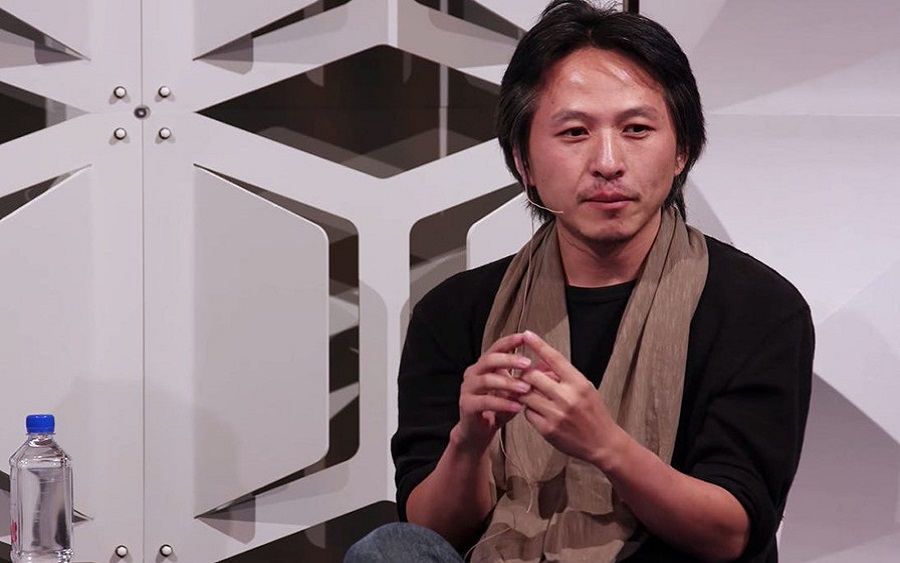








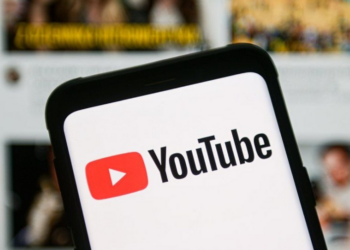
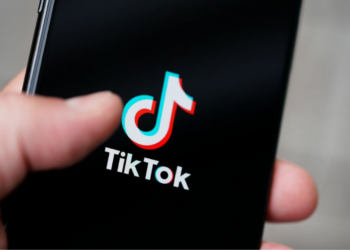



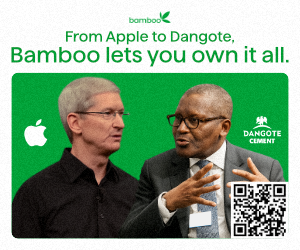

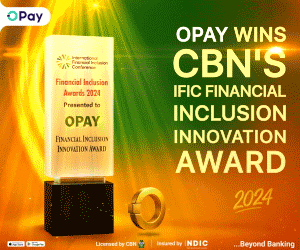





Many people create memes with TikTok filters/effects. Will YouTube Short have filters too?